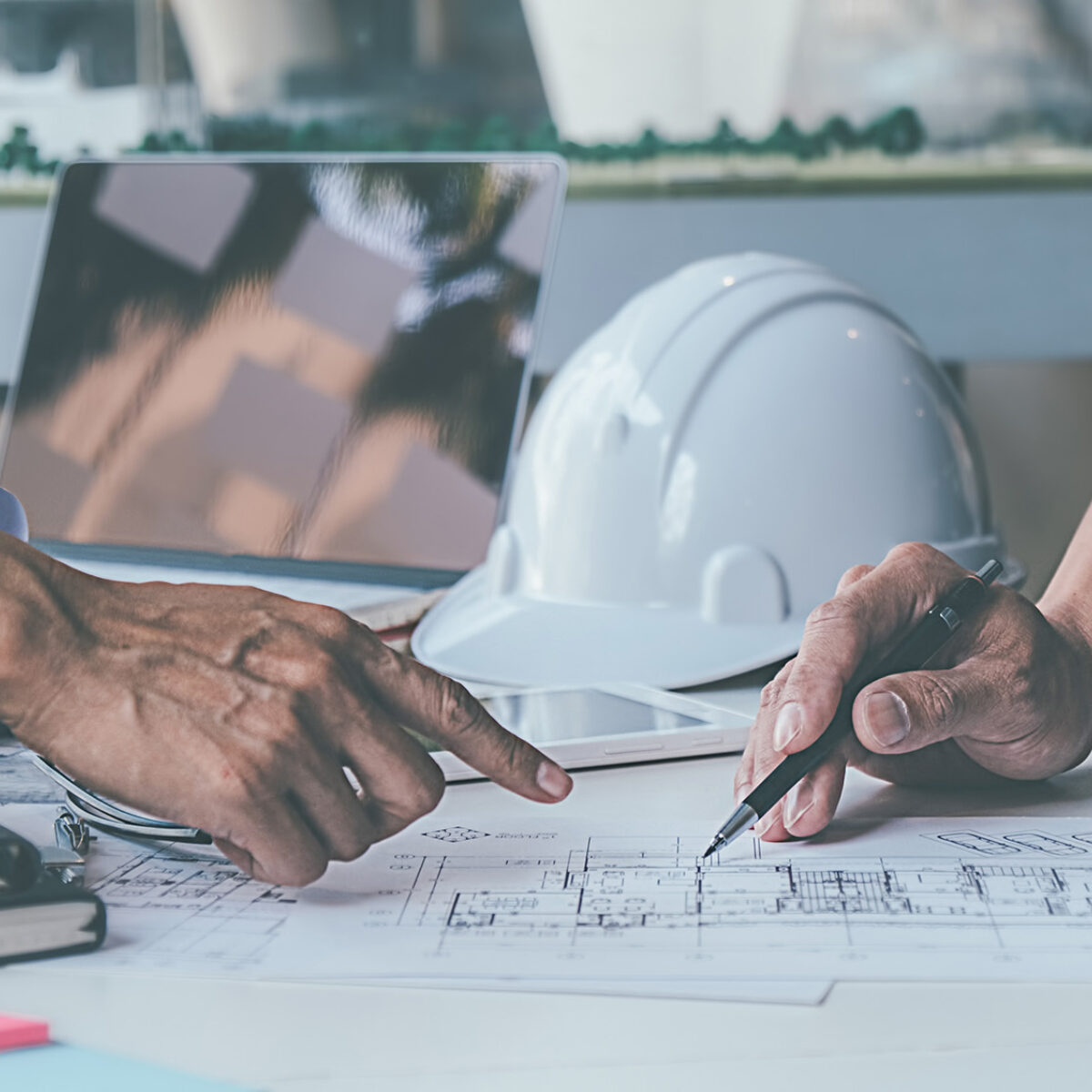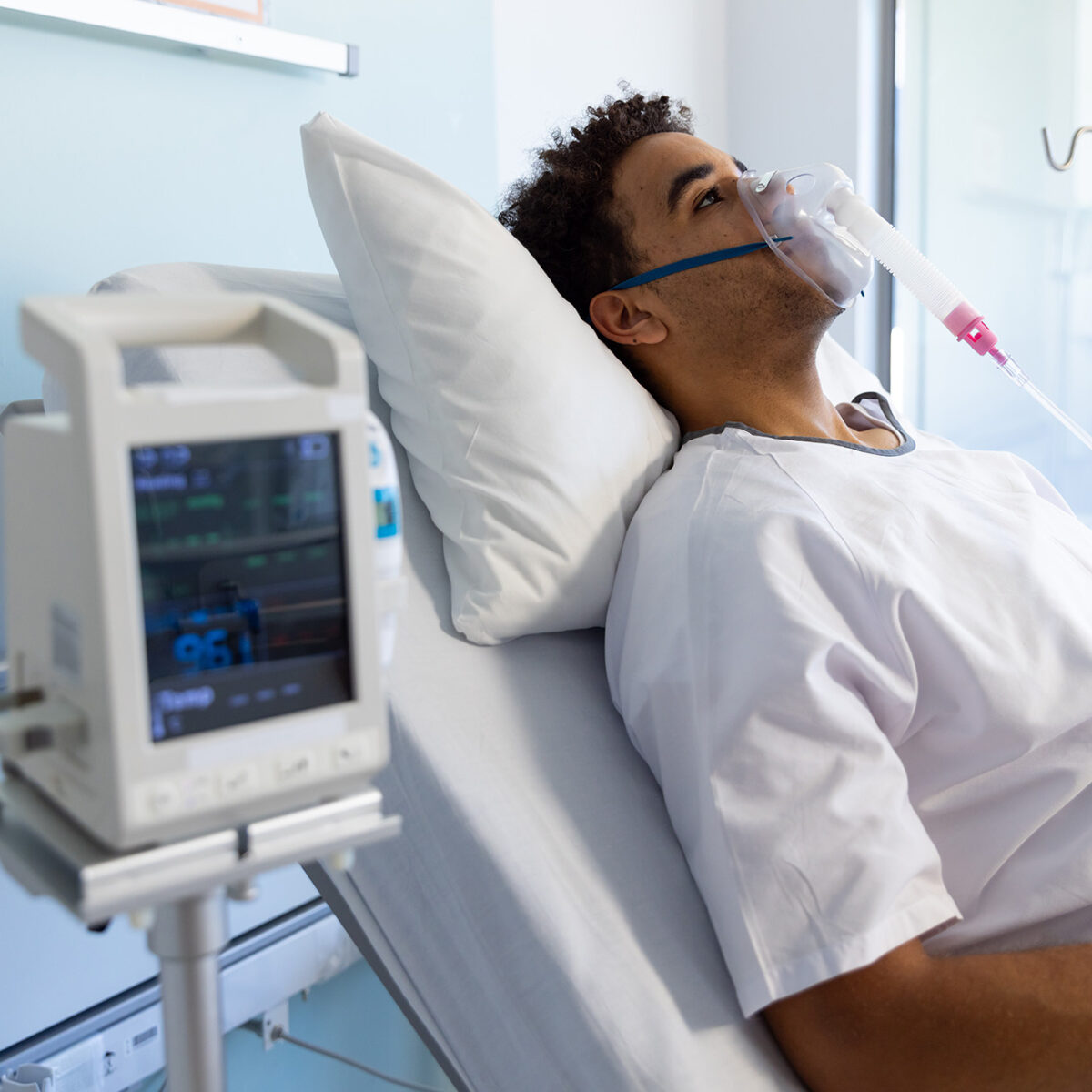
The undiscovered potential of vacuum drainage in healthcare
Hospitals are under pressure to adapt, but outdated drainage systems hold them back. With proven technology from the world’s most demanding industries, vacuum drainage offers the flexibility, reliability, and efficiency healthcare facilities need to meet today’s and tomorrow’s challenges

Hospitals are some of the most complex buildings to design and operate. They need to deliver safe, hygienic environments while adapting to new medical practices, patient demands, and unexpected crises. This requires flexible and reliable infrastructure - yet many hospitals still rely on traditional gravity drainage systems that were designed for a different era.
Recent reports have highlighted how ageing facilities are increasingly struggling with leaks, blockages, and even temporary closures due to failing sanitary systems (Guardian, BBC, Independent, 2024–2025). These incidents underline the need for solutions that are both resilient and adaptable.
- The challenges are clear. In many cases, it’s not about unwillingness to change, it’s about awareness. Vacuum drainage is proven technology, but many healthcare stakeholders are not yet familiar with its full potential. Our job is to make this knowledge accessible, says Kris Wojcik, Business Development Manager at JETS.
Greater flexibility for new built and rebuild
Traditional gravity systems dictate that toilets, sinks, and drains must be stacked vertically through multiple floors. This limits architectural and functional aspirations and can lead to layouts that don’t match how hospitals need to function today.
Vacuum drainage systems break free from these restrictions. Because wastewater is transported by controlled vacuum, sanitary fixtures can be positioned anywhere, independent of vertical drainage stacks.
-This flexibility is especially valuable in healthcare. Departments change, new treatments are introduced, and during a crisis such as a pandemic, spaces may need to be repurposed quickly. Vacuum systems make it possible to relocate or add sanitary appliances without major disruption or costly rebuilds, explains Wojcik.
This adaptability makes it easier to handle changes during construction as well. If requirements change mid-project, layouts can be updated without complex redesigns, helping to keep projects on schedule and within budget.

Cost efficiency through the full lifecycle
Vacuum drainage systems may seem like a higher upfront investment when viewed in isolation. However, when total project costs are considered – including planning, construction, and future adaptation – vacuum drainage often matches or even outperforms traditional systems, especially in large and complex buildings like hospitals.
- Massive savings can be delivered by reducing or eliminating the need for deep excavations, slab penetrations, and removal of rooftop vent pipes, which in total constitute significant cost drivers. during the construction phase. Many of those activities, when eliminated, can have a positive impact on the programme and delivery times, Wojcik says.
With pipes of smaller diameter, greater flexibility, and tolerance for irregularities, vacuum drainage enables faster installation, consistent quality, and reduced on-site labour. For these reasons, it’s also a perfect match for Modern Methods of Construction (MMC) and prefabricated sanitary modules.
When considering the full lifecycle, from construction and operation to future adaptation, vacuum systems deliver long-term financial benefits as well as operational advantages.

Infection control by design
The COVID-19 pandemic and other outbreaks showed how vital it is for hospitals to isolate affected areas quickly to prevent cross-contamination and keep services running.
While other building systems (e.g. ventilation) are now designed to allow for compartmentation and sectional isolation, traditional gravity drainage remains inherently uncompartmented. As a result, airborne and waterborne pathogens can travel through shared gravity drainage pipes, affecting multiple areas and forcing hospitals to reduce services or even close wards.
By contrast, vacuum drainage enables sectional isolation as part of the design strategy. Drainage runs with sectional shut-off valves create separate zones that confine incidents to a defined area, ensuring compliance with infection prevention and control (IPC) requirements and helping the hospital to remain operational.

Building hospitals ready for change
Healthcare will continue to evolve, and hospitals built around rigid, traditional drainage systems risk becoming outdated or too costly to adapt. Vacuum drainage offers the flexibility to reconfigure rooms and departments quickly, the resilience to maintain services even during failures, and the future-proofing needed to repurpose buildings over time so they remain valuable assets.
For many hospitals, the barrier to change is not reluctance but awareness. By sharing knowledge and demonstrating what vacuum drainage can achieve, JETS aims to support architects, engineers, and decision-makers in creating facilities that are safer, more efficient, and ready for the future.
- The technology exists today. Our role is to make it visible and accessible, so that hospitals have the tools they need to meet the challenges ahead, Wojcik concludes.
Read more about vacuum solutions for hospitals and healthcare, or explore how Royal Cornwall solved their challenges with vacuum technology in the links below.